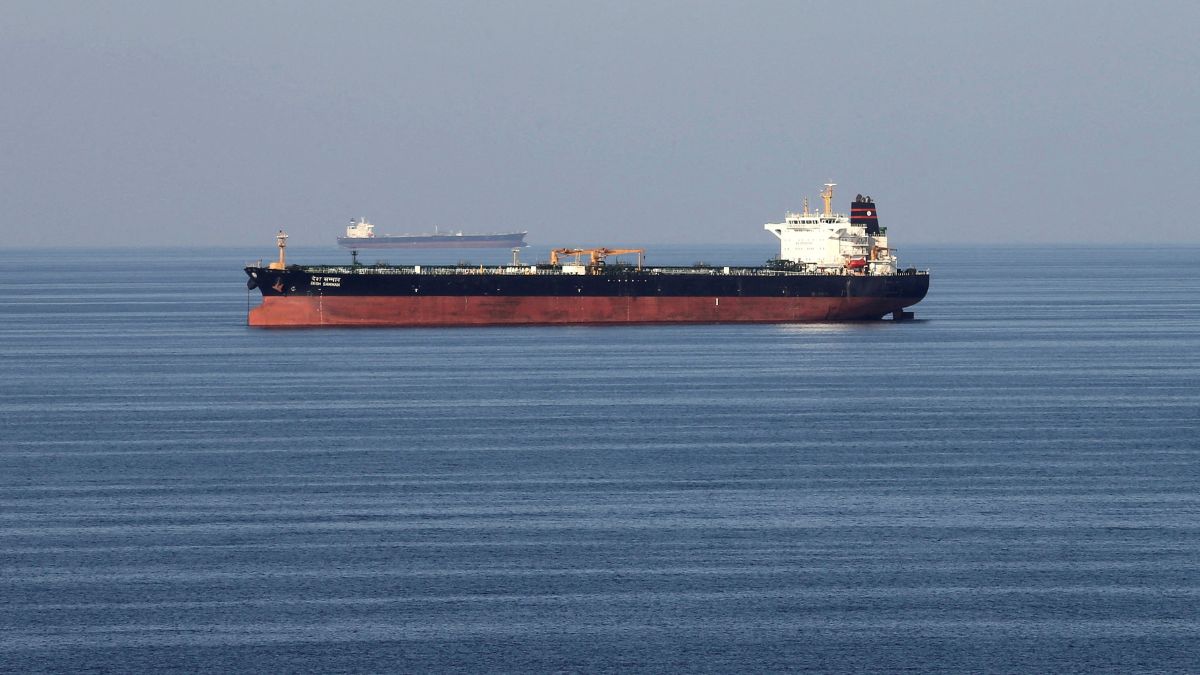Iranian MP warns Tehran could still close down Strait of Hormuz: 'Armed forces are also 100% ready'
 Oil tankers pass through the Strait of Hormuz | Reuters
Oil tankers pass through the Strait of Hormuz | Reuters
Iran could still shut down the Strait of Hormuz, the crucial shipping corridor between the Persian Gulf and the Gulf of Oman, according to a senior Iranian MP. Ismail Kowsari, a member of the National Security and Foreign Policy Committee of the Parliament, said military preparations for the same have been completed.
"Yes, this possibility (closing the Strait) is still there, and it is being considered. From a military point of view, its work has been done. As for the final decision, we are the ones who control the Strait and will decide when to open and close it. But there is no decision for that at the moment," Kowsari told Lebanese Al-Mayadeen network.
It is through this waterway bordered by Iran, the United Arab Emirates, and Oman that around a fifth of global oil and gas shipments pass through. Though there were speculations that Iran could close down the strategic chokepoint during the war with Israel, it was spared last month.
Geopolitically, too, the Strait of Hormuz has special importance in regional and global power equations due to its sensitive location at the intersection of three continents: Asia, Africa, and Europe.
While the closure of the Strait of Hormuz will affect global prices, such a move will affect not only the Persian Gulf countries but also Iran itself. As per estimates from the Central Bank of Iran, Iran's oil exports from March 2024 to March 2025 will amount to $67 billion (equivalent to about 58 billion euros), and the impact of the blockade will be felt on the main customers as well.
Serious threat to India, China
More than 80 per cent of the crude oil that passes through the Strait of Hormuz is destined for Asia. China is by far the largest consumer of this oil, accounting for 33.4 per cent of all oil that passes through the Strait.
India too uses the Strait to transport 40% of supplies from Middle East countries like Iraq, Saudi Arabia, and the United Arab Emirates.
According to the International Energy Agency (IEA), 90 per cent of Pakistan’s liquefied natural gas consumption and 60 per cent of India’s natural gas imports come through the passage.
Among the Gulf states, only Saudi Arabia and the UAE have pipeline networks that allow them to bypass the Strait of Hormuz for at least part of their production. According to EIA estimates, these alternative routes have a maximum capacity to transport 2.6 million barrels per day, 15 per cent of the total volume of energy resources that normally passes through the Strait.
Middle East